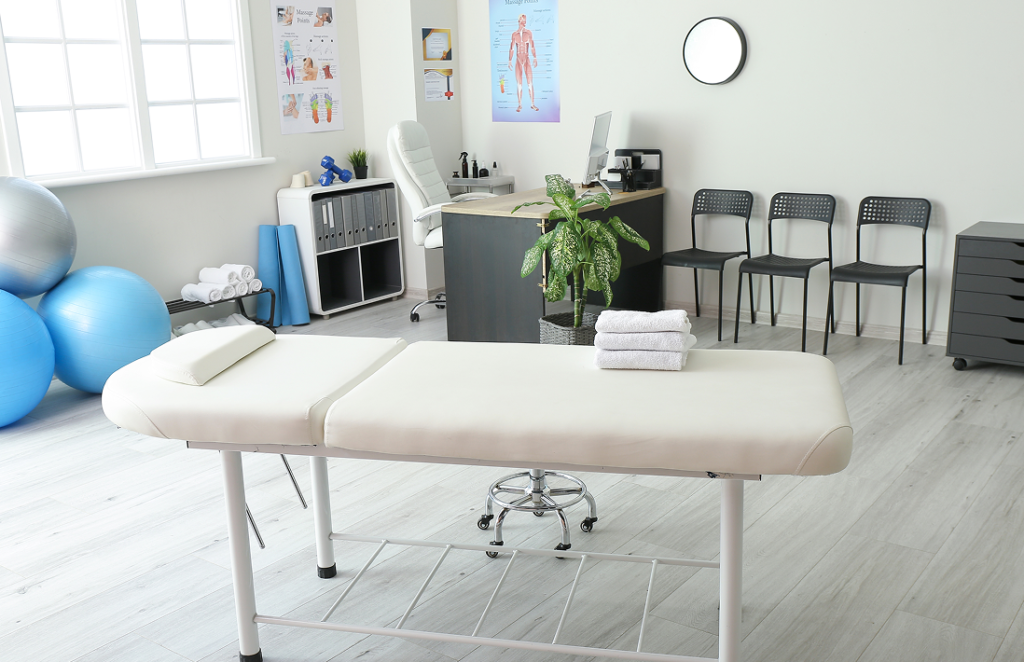
Chiropractic care is a drug-free, non-invasive healthcare modality that focuses on restoring the proper alignment of the spine and nervous system. This alignment, known as spinal adjustment, can help to relieve pain, improve mobility, and enhance overall health and well-being.
Chiropractic care is safe and effective for people of all ages, from infants to seniors. It is a drug-free and non-invasive approach to healthcare that can provide significant benefits for a wide range of conditions.
If you are experiencing pain, discomfort, or other health problems, chiropractic care may be able to help. Schedule your appointment today and experience the Curis Express difference!

© 2025 Curis Functional Health, LLC. All Rights Reserved.